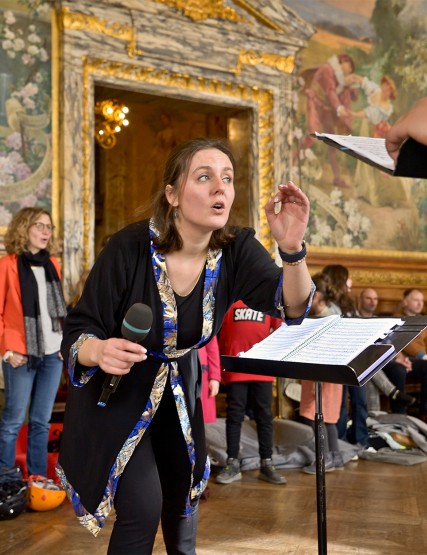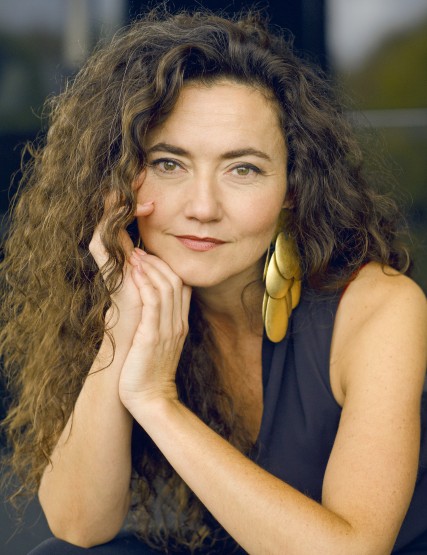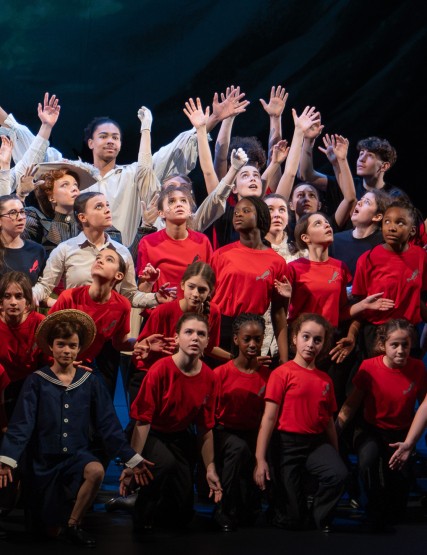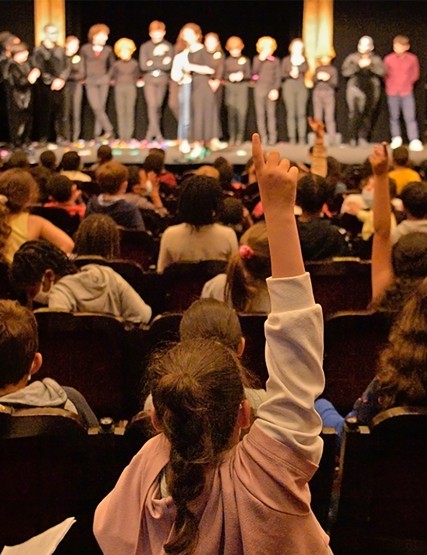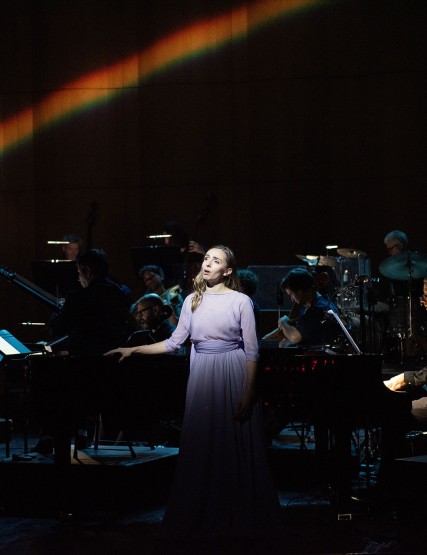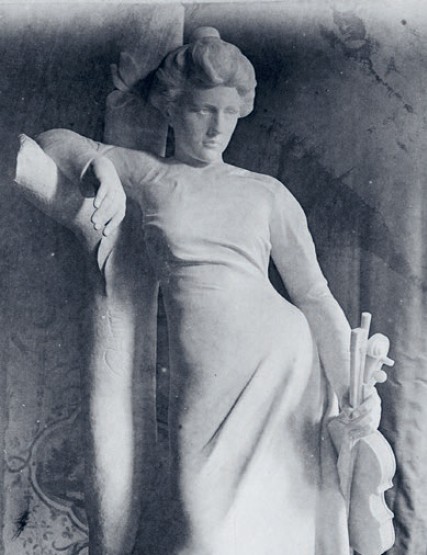Opéra-comique by Ferdinand Hérold in 3 acts premiered at the Opéra Comique in 1832. With a libretto by Eugène de Planard based on Chronique du règne de Charles IX by Prosper Mérimée.
Premiered at the Opéra Comique on 15 December 1832.
The first season of the Opéra Comique entrusted to Jérôme Deschamps made the revival of Zampa possible. To conclude his directorship – and after having scheduled as many Hérold’s works as Bizet’s and Poulenc’s – here is the other masterpiece by this Romantic who excelled in combining the tastes of his time.
The model for Meyerbeer’s Les Huguenots, inspired by Mérimée’s sole novel and the troubadour style, this is the work that, even if it caused the death of its composer, remained for the longest time in the repertoire of the Opéra Comique with over 1600 performances up to 1949.
Paul McCreesh and Éric Ruf embrace this vivid depiction of the days leading up to the St Bartholomew’s Day Massacre. The subtle balance between comedy and tragedy rests upon colorful secondary characters and a plot with many twists and turns while the score exhibits variety, melodic inspiration, a magnificent orchestration and the most brilliant vocal styles.
Presentation of the work by Agnès Terrier 40 minutes prior to each performance.
Performance duration : about 2h30 with an intermission
France Musique cancels the diffusion of the Pré aux clercs Saturday, April 11, 2015 because of the Radio France's strike.
Act I
In 1582, ten years after the St Bartholomew’s Day Massacre, the reign of the Valois is coming to an end. Henry III has succeeded his brother Charles IX. Their sister Marguerite, famous Queen Margot, is back at the Louvre to serve the policy of the Queen mother, Catherine de’ Medici. Her husband Henry, king of Navarre, consolidates his status as pretender to the throne of France. At the royal hunting ground of Étampes, innkeeper Nicette celebrates her betrothal with Girot, host of the Pré-aux-Clercs. Each one hopes to get closer to the court in this way, Nicette being Marguerite’s country goddaughter. The festivity is disturbed by horsemen from the King’s House who harass a Protestant gentleman, Mergy, recognized by Italian courtier Cantarelli as his savior at the siege of Bergerac. Thanks to his protection, Mergy will be able to fulfill his role of ambassador of Navarre to Henry III. The courtier gives him precious news about Marguerite and her favorite, the Protestant Isabelle de Montal. Enamored of the latter, Mergy learns that she resists the advances of Catholic Comminge, a formidable swordsman. As Mergy leaves to watch the hunt, Comminge comes to tell Cantarelli of his latest duel. The arrival of the hunt forces them to join the King, allowing Marguerite to be alone with Isabelle and urge her to hide her sadness, which displeases the Queen mother. Appalled to learn that the King plans to marry her to Comminge, Isabelle’s tears draw both Comminge and Mergy. The latter is protected by his status of ambassador, but the atmosphere becomes heavy when the hunt goes back to Paris despite Marguerite’s kindly invitation to Nicette and Girot.
Act II
At the Louvre on a festive evening, Marguerite is plotting a secret marriage between Isabelle and Mergy. She utilizes Cantarelli, a deft intrigant, who prepares the masquerade. The courtiers at the ball are joined by Marguerites’s guests, Nicette and Girot. Their presence gives Marguerite the idea to arrange the wedding of the Protestant lovers simultaneously with that of Isabelle and Mergy the following day at the chapel of the Pré-aux-Clercs. Clever Cantarelli reassures Comminge by claiming that Mergy is not at the court for Isabelle but for a royal mistress, Marguerite. However, Henry III announces to Mergy’s embassy that Marguerite and Isabelle are not to return to Navarre and that the latter will marry Comminge. The Catholic gives free rein to his joy. In despair, Mergy challenges him to a duel. The fight will take place the next day at the Pré-aux-Clercs.
Act III
A meeting place for duelists, the Pré-aux-Clercs is also a space where Parisians like to walk opposite the Louvre across the Seine. Girot and Nicette, who celebrate their wedding there, are already quarreling, the host being unaware that their marriage serves Marguerite’s scheme. Mergy and Isabelle have just been wed secretly. By order of Marguerite, who makes sure things go smoothly, Cantarelli brings them a safe-conduct so that they can flee to Navarre. But an imminent danger is announced by Cantarelli: Comminge comes to challenge a stranger to a duel. The newly-weds and their friends separate until nighttime, which will help them to escape, and Mergy can thus conceal from Isabelle the risk he runs against redoubtable Comminge. The latter, at first cheerful and self-confident, realizes that Cantarelli lied to him and that Mergy is loved. Hatred between the two opponents increases. A group of archers enjoins them to fight under the trees, far from the windows of the Louvre – and out of the public eye. As it strikes eight, Marguerite, Nicette and Girot are preparing the flight of the two Protestants. But where is Mergy? Cantarelli reveals that he is dueling against Comminge. At the sight of a boat carrying a dead body, Isabelle faints. But Mergy reappears, victorious. The pair can run away.
Musical direction, Paul McCreesh • Staging and scenography, Éric Ruf • With Marie Lenormand, Marie-Eve Munger, Jaël Azzaretti, Michael Spyres, Emiliano Gonzalez Toro, Eric Huchet, Christian Helmer, Olivier Déjean, Grégoire Fohet-Duminil, Thomas Roullon et Jean-Christophe Jacques • Choir, accentus • Orchestre Gulbenkian
See all the castMonday, March 23, 2015 - 8:00pm
Wednesday, March 25, 2015 - 8:00pm
Friday, March 27, 2015 - 8:00pm
Sunday, March 29, 2015 - 3:00pm
Tuesday, March 31, 2015 - 8:00pm
Thursday, April 2, 2015 - 8:00pm
2:30 - Salle Favart
120, 95, 72, 41, 15, 6 €
Cast

























Dancers, Anna Konopska, Camille Brulais, Anna Beghelli, Paul Canestraro, Andrea Condorelli, Clement Ledisquay
Choir, accentus
Gubelkian Orchestra
Production, Opéra Comique
Co-production, Palazzetto Bru Zane
Associate partner, Calouste Gulbenkian Foundation, Wexford Festival














